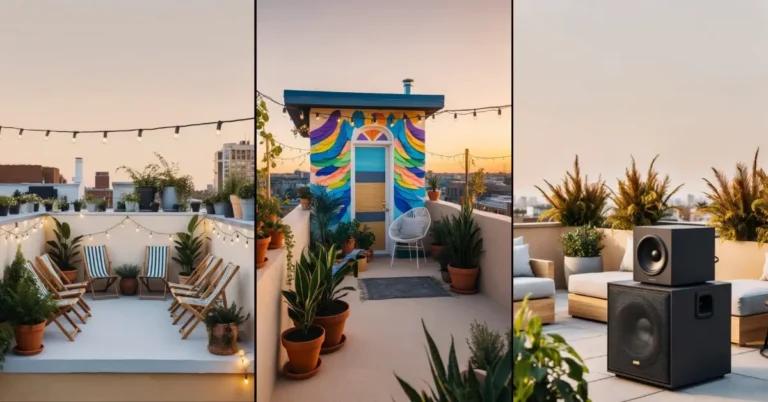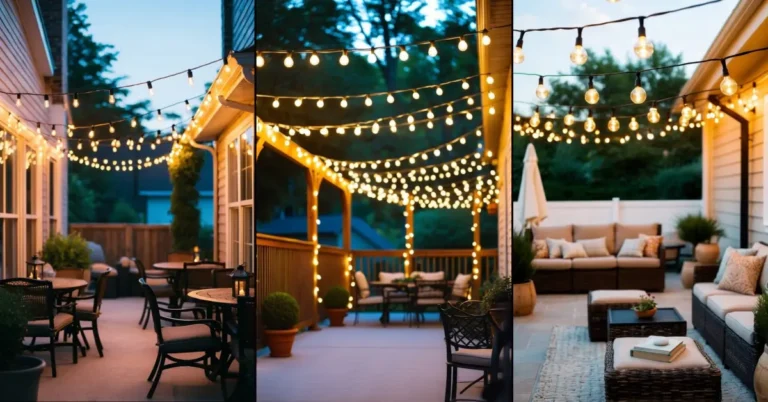10 Stone Fence Ideas: For Enhancing Property Elegance And Security
Stone fences have marked boundaries and brought a sense of security for ages. They’re tough, weather well, and honestly, they just look good in almost any natural setting.
These fences suit all kinds of architecture. Many people love them for their classic, unshakable vibe.
Here are some practical ways to bring stone fences into your outdoor space. If you want something that looks great and lasts, these ideas might spark inspiration.
You can mix and match to fit your own taste, or just borrow a detail or two.
1) Dry Stone Wall Technique for a rustic look
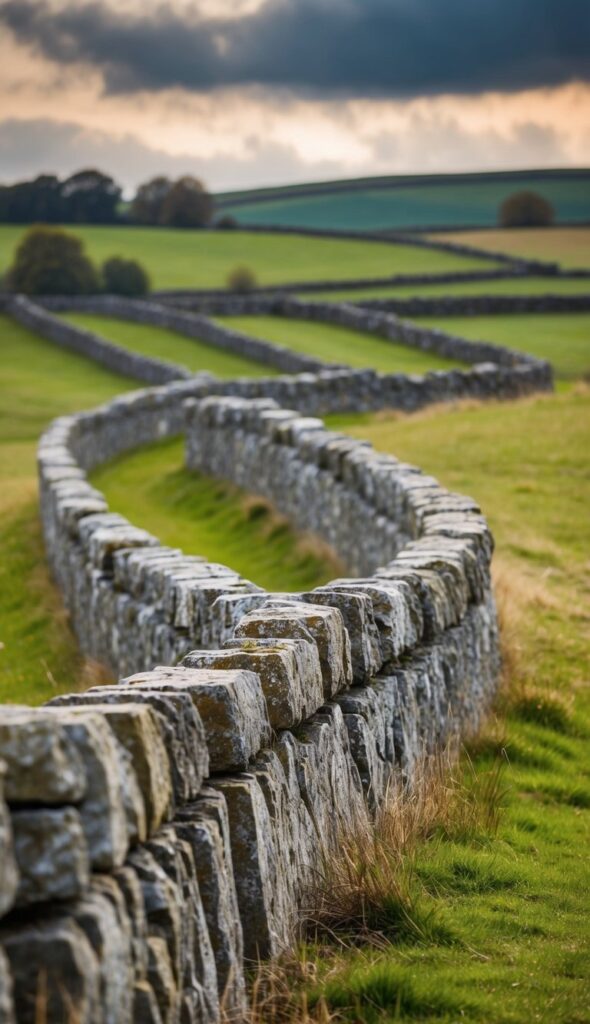
Dry stone walls are built by stacking stones without any mortar. It sounds simple, but fitting the stones tightly takes some real skill.
The result? A wall that feels like it’s always been there—natural, rugged, and a little wild. Check out more on this at the stone fence design page.
2) Incorporating wrought iron accents with stone pillars

Mixing wrought iron with stone pillars is a classic move. The stone’s solid, earthy base pairs well with the iron’s decorative flair.
You’ll often see this look around garden gates or as perimeter fencing. It’s got that old-world charm but still feels fresh. Want some visuals? Search for wrought iron fences with stone columns ideas.
3) Stacked stone fence with mixed stone types
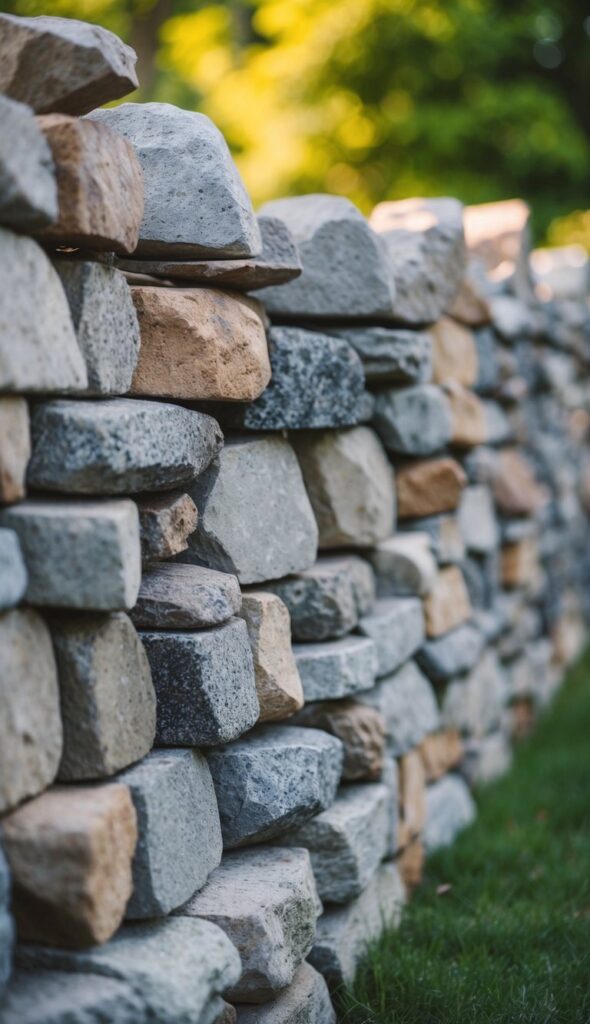
Here’s a fence that doesn’t mind mixing things up. By using stones of different colors, shapes, and sizes, you get a textured, eye-catching wall.
No mortar needed for this style. It’s sturdy, stands out, and works for both gardens and property lines.
Get more inspiration from Pinterest’s stacked stone walls board.
4) Cobblestone fence surrounding a mailbox area

A cobblestone fence around your mailbox? Why not. It makes the mailbox pop and keeps it safe from stray tires or snowplows.
Cobblestone is usually pretty affordable, especially if you’re using reclaimed stone. It’s tough and doesn’t need much attention once it’s up.
You’ll find more tips and ideas for this at cobblestone fence options for mailbox areas.
5) Stone fence paired with wooden gate installations
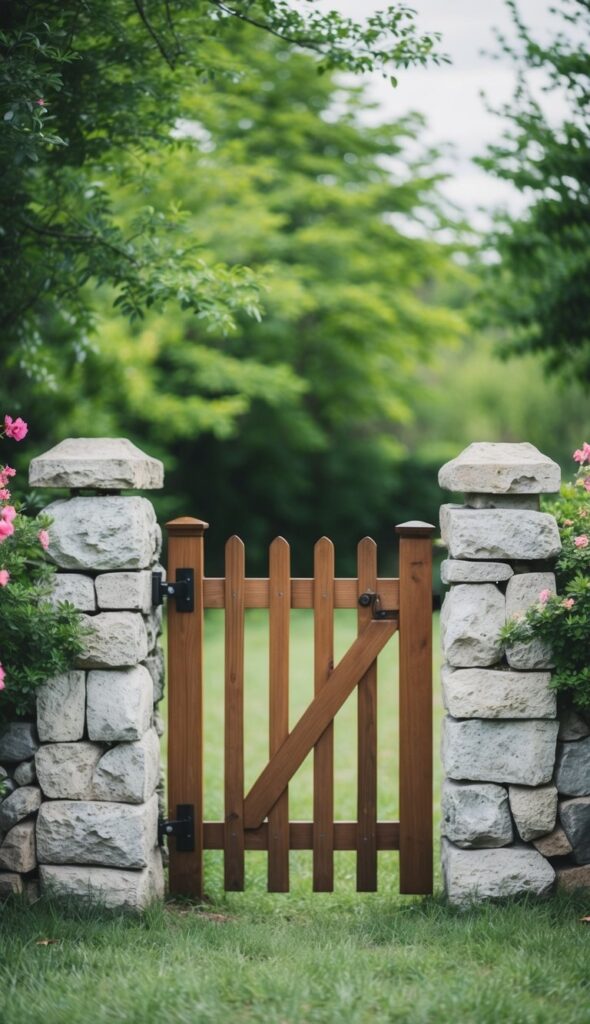
Stone and wood together just work. The stone brings the muscle, the wood adds warmth and a welcoming vibe.
You can pick all sorts of gate designs—arched, picket, you name it. The contrast between the wood and stone always looks inviting.
Check out more combos at Pinterest’s stone fence and gate page.
6) Low stone boundary walls with integrated lighting

Low stone walls are great for marking off spaces without shutting out the view. They give a gentle nudge to define areas.
Add built-in lighting, and suddenly your garden glows at night. The lights show off the stone’s texture and keep paths safe after dark.
This works especially well for front yards or along walkways. Want more? Look up low stone wall ideas with lighting.
7) Stone fence with built-in seating or benches

Why not put the fence to work? Stone fences with built-in benches are a clever way to add extra seating.
They’re sturdy, weatherproof, and you don’t have to drag out chairs every time you want to sit outside. It looks tidy and intentional, too.
If you’re curious, there are plenty of stone fence options with seating on Pinterest.
8) Modern stone fence featuring smooth-cut slabs
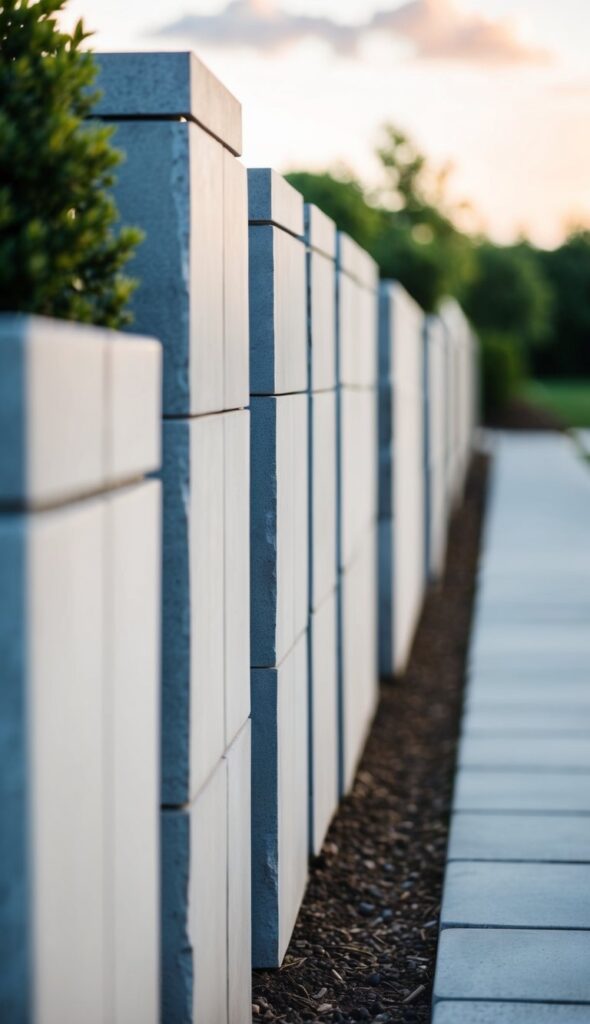
Smooth-cut stone slabs lined up in a row—that’s modern minimalism at its best. The look is clean, almost sculptural.
These fences are easy to keep clean and stay looking sharp. They fit right in with newer homes or anyone who likes a sleek vibe.
Find more ideas at Pinterest’s modern stone fence.
9) Decorative stone fence topped with metal railings
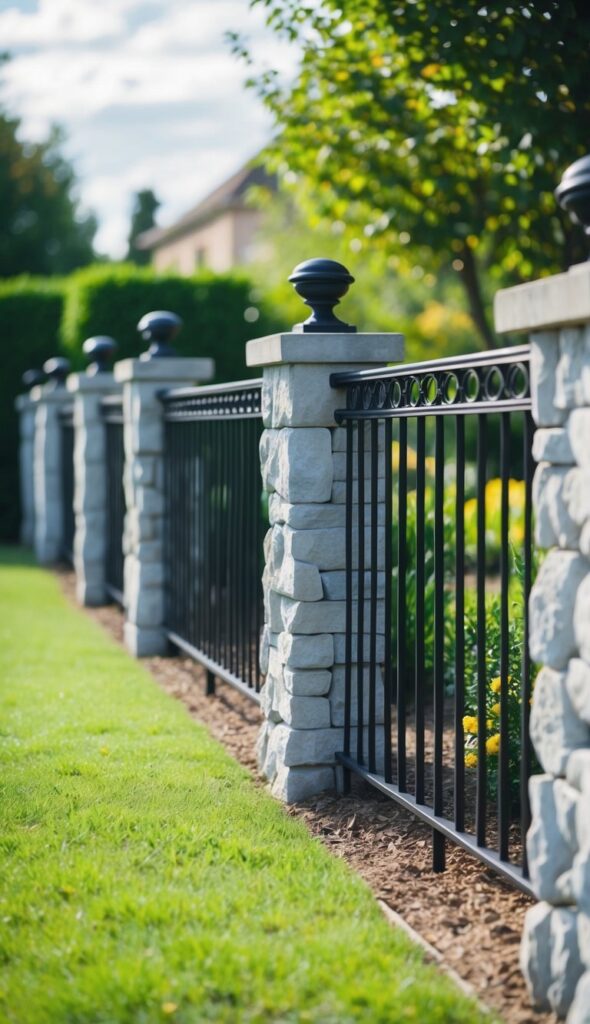
Pairing stone with metal railings up top gives you the best of both worlds. The stone keeps things sturdy, while the metal adds height and a bit of detail.
You can pick from tons of railing designs—simple or ornate. This style fits just about any home, honestly.
For more, browse stone and metal fencing ideas.
10) Curved stone fence designs for garden borders
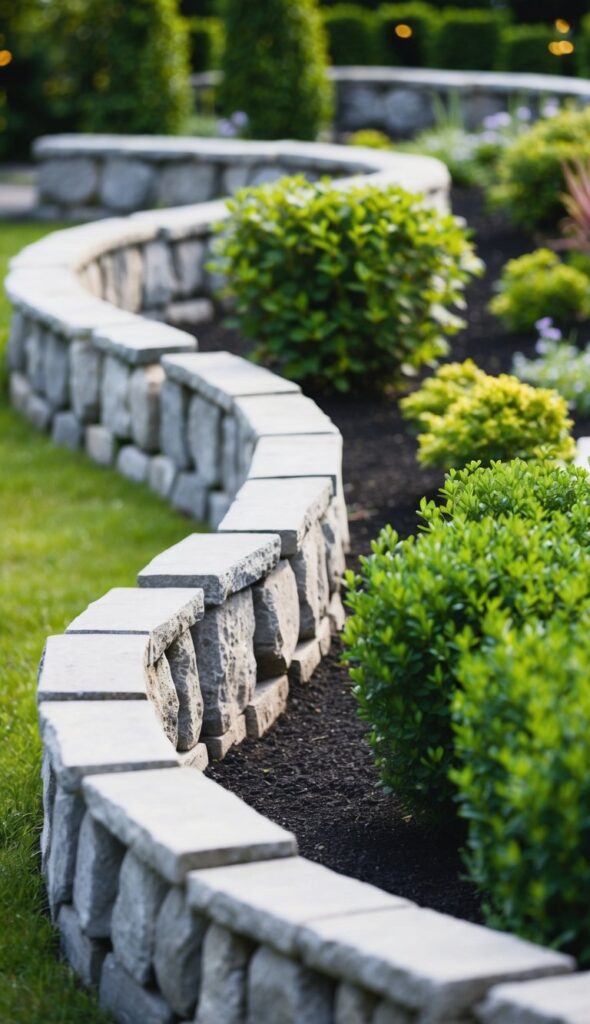
Curved stone fences soften up the lines of a garden. They’re great for guiding people along a path or wrapping around flower beds.
No sharp corners here—just gentle, flowing shapes that make the space feel bigger and more inviting. You can play with height and curves to keep things interesting.
If you want to see more, check out curved stone fence options.
Design Considerations for Stone Fences
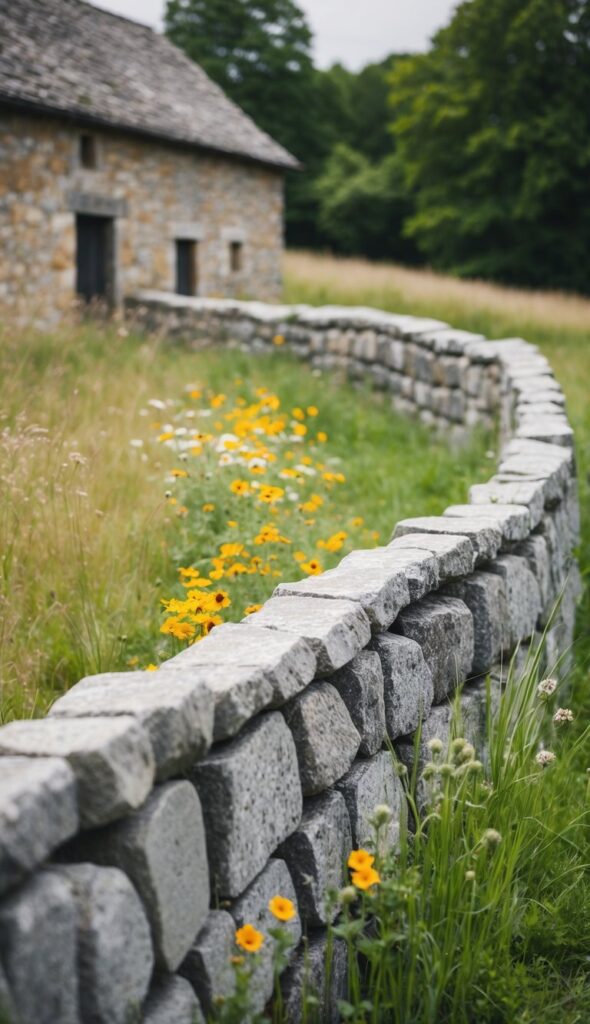
Building a stone fence? You’ll want to think about the type of stone and how it fits with your yard. The right stone can totally change the vibe—some are bold, others are subtle.
Try to pick something that works with your garden’s style. The fence should feel like it belongs, not like it landed from another planet.
Choosing the Right Stone Material
Your stone choice matters for both looks and how long the fence lasts. Granite, limestone, sandstone, and fieldstone are all contenders.
Granite’s tough and shrugs off bad weather. Limestone and sandstone feel softer and warmer but may need a bit more care.
Some folks like a consistent color, while others go for that patchwork, rustic look. Just depends on your taste.
Porous stones might need sealing, especially if you get a lot of rain. A bit of maintenance goes a long way.
Integrating Fences With Landscape Design
A stone fence should fit right in with your yard. For a modern space, maybe go with smooth, clean-lined stone.
Think about where you put the fence. It can frame a flower bed or line a path, adding a little drama or privacy.
Adding climbing plants or some subtle lighting can soften the stone’s edges. It’s all about balance—enough security, but not so much that it feels like a fortress.
You can find more cool ideas in 17 unique stone fence designs to enhance your garden.
Maintenance and Longevity of Stone Fences

Stone fences don’t ask for much. With a little care, they’ll stick around for decades, maybe longer.
They’re tough against weather and easy to patch up if something happens.
Weather Resistance and Durability
Stone fences don’t flinch at rain, wind, or heat. The right stone—granite or limestone, for example—can handle just about anything nature throws at it.
If you use good mortar, water stays out and the wall stays tight. A proper stone sealant helps too, especially for stains and moisture.
Just remember, sealants need a refresh every few years, depending on the stone. It’s worth the effort for a fence that stands the test of time.
Repair and Upkeep Recommendations
Repairs to stone fences are usually pretty straightforward, but you’ve got to take your time. If you spot loose or broken stones, reset or swap them out as soon as you can—waiting just makes things worse.
It’s important to use the right mortar mix so the repairs blend in and stay strong. For smaller cracks, a matching grout or sealant usually does the trick.
It’s smart to check the fence every so often, especially after a storm. Keeping debris and plants away from the base helps cut down on moisture and wear.
If you’re curious about the nitty-gritty, there are some great resources out there on maintaining and repairing your stone fence.

